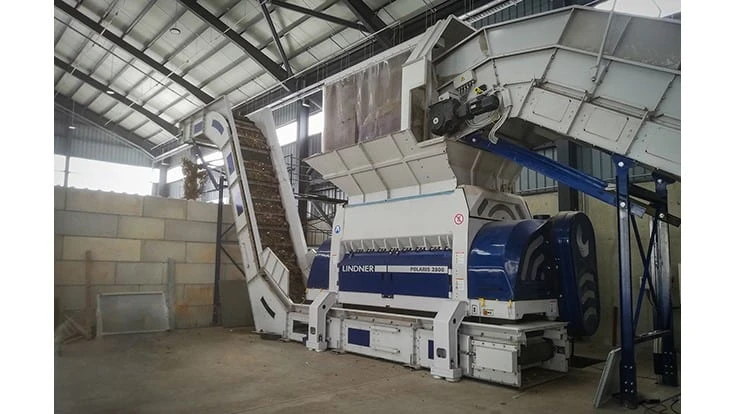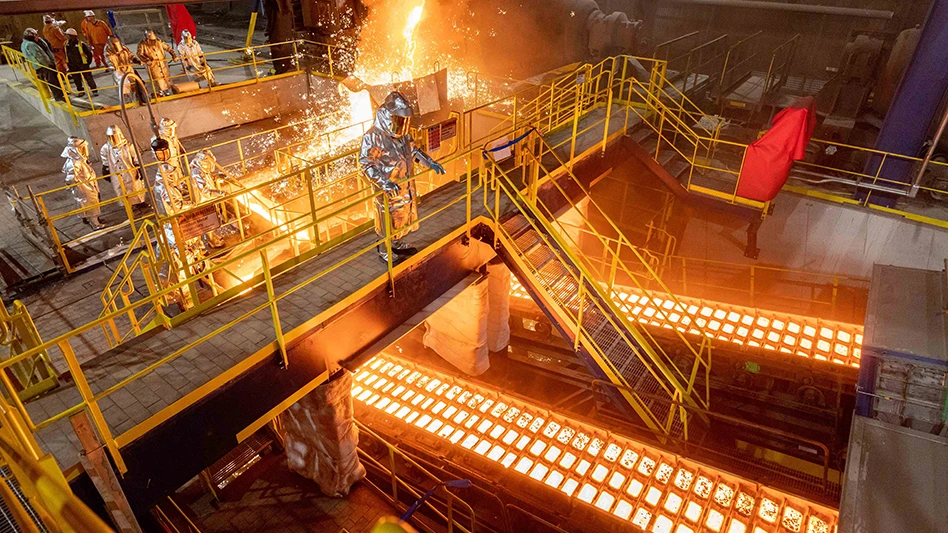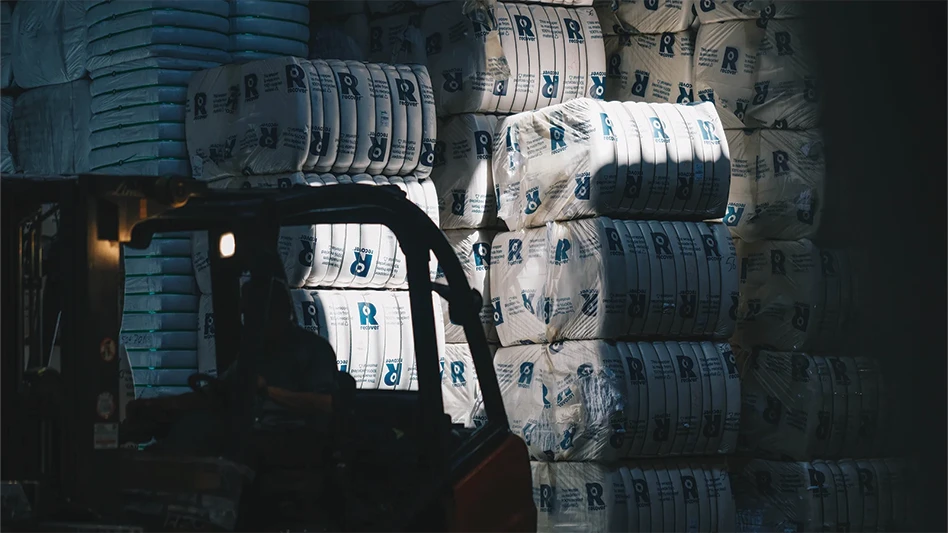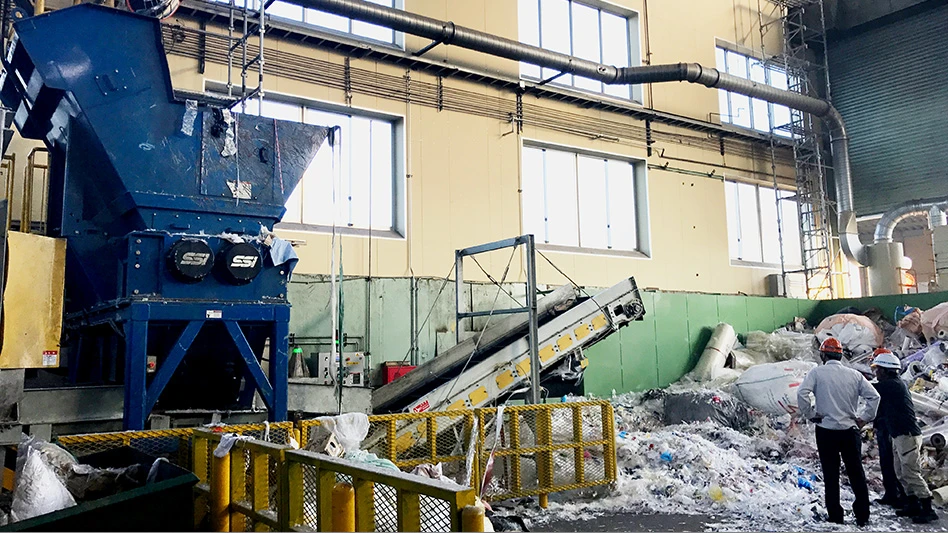
Photo supplied by Lindner-Recyclingtech GmbH.
Austria-based Lindner-Recyclingtech GmbH says one of its Polaris 2800 model shredders is helping convert scrap tires, wood and other discarded materials into a refuse-derived fuel (RDF) product for a cement kiln in Cyprus.
The equipment makers says Energy Recovery Ltd. (Enerco), a company associated with Vassiliko Cement Works, commissioned the Lindner shredder at its plant on the south coast of island nation.
Lindner calls Vassiliko Cement Works “among the biggest industrial players in the island state,” saying it operates one of the largest and most advanced cement plants in Europe near Mari, between Limassol and Larnaca in Cyprus.
To ensure the amount of energy needed to produce approximately 6,000 metric tons of clinker per day, the company relies on alternative fuels provided by Enerco. “We are delighted to report that since we commissioned Lindner’s new Polaris 2800, it’s been possible to increase our waste treatment capacity for the production of alternative fuels suitable for Vassiliko’s calciner,” says George Americanos, general manager at Enerco. “We succeeded in more than doubling the quantities of local waste streams treated – without delay despite the ongoing difficulties [of COVID-19],” he adds.
The new shredder, installed with associated Lindner system components, produces fuel onsite with a particle size of approximately 50 millimeters (two inches).
After 950 operating hours, Americanos says of his Lindner shredder, “We mostly process very tough materials. To do this, we need machines that can handle heavy loads and consistently deliver the required fuel quality long term. It’s for this very reason that we found the Polaris, with its powerful drives and robust construction, so impressive. Now, after the first few months in operation, we see that the performance exceeded our expectations. The average throughput increased by an extra 30 percent [beyond] what we had asked for.”
Latest from Recycling Today
- Biden officially blocks Nippon Steel’s acquisition of US Steel
- Highland Sanitation awarded solid waste and recycling contract in Wanamingo, Minnesota
- Ecobat gathers support for California permit renewal
- RecyclX platform designed to provide materials transparency
- Turkish mills sampled wide scrap market in 2024
- GLE Scrap Metal acquires interest in Mallin Cos.
- 2024 marks strong year for Van Dyk
- Recycled metal portrayed as former dictator’s fiefdom





